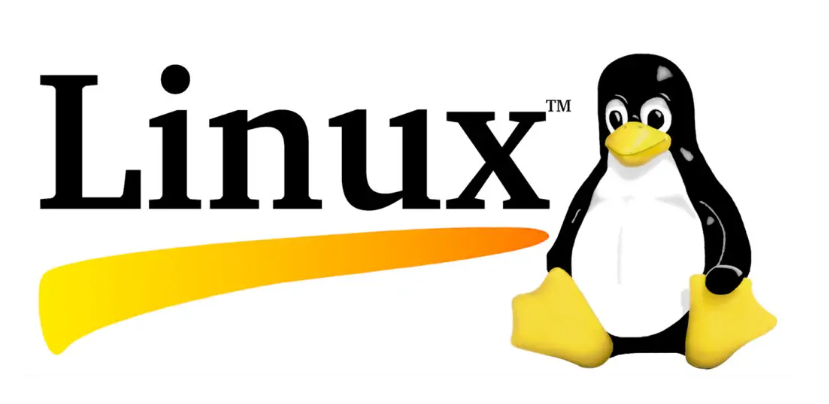
A Comprehensive Guide to Trustix and Other Modern Linux Distributions
The existence of Linux within the bounds of today's technology is really prominent. Businesses, schools, even everyday common people no longer solely rely on this operating system for geeks. There has been a numerous amount of Linux distributions out there but since Trustix is unique, it is somewhat special among the rest. Let us review why Trustix is that exceptional and look at all the other current Linux distributions.
What is Trustix?
Trustix is an ultra-secure Linux distribution, which also brings a reputation for stability. It was designed to be a server operating system-to keep critical systems safe and dependable. It introduces the "least privilege" concept-limiting what users can do-lowers the risk for unauthorized actions.
With Trustix, there is support for automated system updates. This keeps your server updated with not too much manual labor. For the administrator, this would save time and minimize the probability of vulnerabilities.
Though the Trustix is not anymore in the maintenance phase, most of the modern Linux distributions have been inspired by its work into secure computing.
Key Features of Trustix:
- Security: Has an in-built feature for protection against any cyber threat.
- Automatic Updates: The systems are kept secure without having one's constant supervision.
- Stability: Assures dependable performance of critical applications.
Other Popular Linux Distributions
Linux has hundreds of distributions, popularly known as "distros," developed to meet several aspects. Some of the most widely used contemporary Linux distributions are discussed hereafter:
1. Ubuntu
Ubuntu is the most usable Linux distribution, widely used by private and corporate consumers. It includes an enormous community behind it, which makes it automatically excellent for beginners. A long-term support version provides stability and security for five years.
2. Fedora
Fedora is all about bleeding-edge features. Being a developer favorite, it inherits the latest in Linux technologies quite often. Fedora also shares very strong ties with the Red Hat ecosystem.
3. Debian
Debian was one of the older distributions of Linux. It was very well-renowned for the stability of its base and huge software repository. Many other distributions, including Ubuntu, have based their distributions on it.
4. CentOS Stream
CentOS Stream is ideal for servers. It's pretty stable and also closely aligned with Red Hat Enterprise Linux, so it's trustworthy within enterprise environments.
5. Arch Linux
For advanced users, Arch Linux provides personalization unparalleled by other OS's. You're installing your base system, adding only what you want. Arch Linux uses a rolling-release updating model. This means you will get the most recent software available.
Why Linux?

They are openly free, and freely available for whoever will download and/or modify the system. Linux distributions are secure and flexible - from desktops down to servers.
From Trustix, an ultra-secure server operating system, down to Ubuntu, an incredibly versatile desktop OS, there's a distribution of Linux that will fit all purposes.
Conclusion
Trustix might not be so active today, but it was there with this distro, having proved how much Linux servers needed to be more secure and stable. Ubuntu and Fedora would also remain some of the leading-edge distributions today, as they will be bringing forward tools that can help towards modern computing.
Try Linux if you're interested-get familiar with the choices, and grab a distro that best suits your needs!